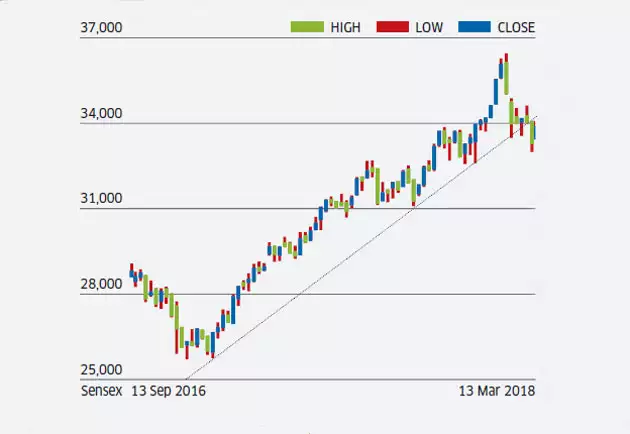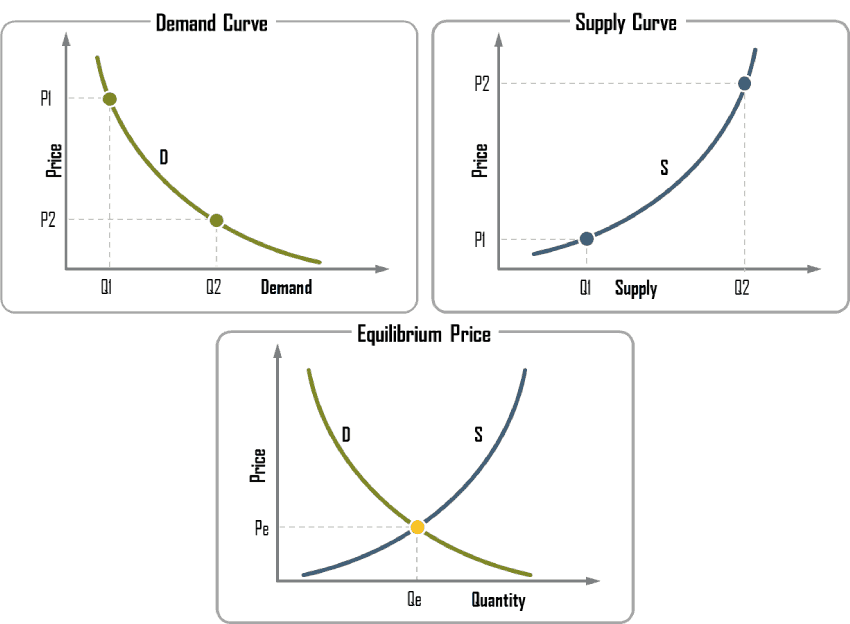

The MCLR methodology for fixing interest rates for advances was introduced by the Reserve Bank of India with effect from April 1, 2016. This new methodology replaces the base rate system introduced in July 2010. In other words, all rupee loans sanctioned and credit limits renewed w.e.f. April 1, 2016 would be priced with reference to the Marginal Cost of Funds based Lending Rate which will be the internal benchmark for such purposes. The other financial and non-financial services activities of the promoters, if any, should be kept distinctly ring-fenced and not commingled with the banking business. ANBC is the net banking credit after taking into account bill discounting, non-SLR securities and other exemption via long-term bonds.

Means the investments which remain for a specified time period i.e. till the maturity and also the investments which have fixed or determinable payments. ’Gilt Securities’ are issued by the RBI, the central bank, on behalf of the Government of India. Being sovereign paper, gilt securities carry absolutely no risk of default. Commercial Papers are short-term unsecured borrowings by reputed companies that are financially strong and carry a high credit rating. These are sold directly by the issuers to the investors or else placed by borrowers through agents / brokers etc. Commercial Papers are short term borrowings by Corporates, FIs, PDs, from Money Market.
Objectives of Statutory Liquidity Ratio
The difference in the purchase and sale price of securities was the interest paid for borrowing the funds. Note, the coupon rate or yield on the securities had no connection to the trade, which was a pure financing deal. So brokers found it profitable to access funds from the banking system and use it for their stock market operations.
The interest rate that RBI charges from the commercial bank against the loan it provided to the latter is called repo rate. We made a graph and tried to explain why RBI lowers and pushes up the repo rate and what happens to the Indian economy ultimately by this act of RBI. The hike in repo rate results in less flow of income in the economy and vice-versa. On the other hand, RBI increases reverse repo rate when it wants to control money supply or you can say to lessen the flow of money in the economy.
What does SLR mean finance?
The supplementary leverage ratio is the US implementation of the Basel III Tier 1 leverage ratio, with which banks calculate the amount of common equity capital they must hold relative to their total leverage exposure.
Thus, these are always framed given the developmental aspirations of the nation. —Global tax management and cross-border tax liability optimization, which provides a business opportunity for financial intermediaries, accountants and law firms. Unemployment- Higher money supply and attractive interest rates stimulate business activities and expands the job market. Contractionary policy- It increases interest rates and limits the money supply to slow growth and decrease inflation.
Adjusted Net Bank Credit (ANBC)
This rate is fixed to ensure transparency concerning borrowing and lending in the credit market. These are assets one can easily convert into cash – gold, treasury bills, govt-approved securities, government bonds, and cash reserves. It also consists of securities, eligible under Market Stabilisation Schemes and those under the Market Borrowing Programmes. It becomes pertinent to know in detail about the components of the SLR, as mentioned below. Statutory Liquidity Ratio popularly called SLR is the minimum percentage of deposits that the commercial bank maintains through gold, cash and other securities. However, these deposits are maintained by the banks themselves and not with the RBI or Reserve Bank of India.
- The RBI, as the apex institution, is obligated to guide, assist, and direct other banks and financial institutions in the economy.
- In our country, the Reserve Bank of India is the chief monetary authority and it works on a central level.
- Financial institutions, financial markets, and financial goods make up the financial system.
- Understandably, all banks will be keeping government securities above the SLR stage so that it can avail instant cash from the RBI by submitting it under the Repo.
In this sense, the Standing Deposit Facility is a collateral free arrangement meaning that RBI need not give collateral for liquidity absorption. The SDF will allow the RBI to suck out liquidity without offering government securities as collateral. The Standing Deposit Facility, proposed to be introduced by the RBI, is a collateral free liquidity absorption mechanism that aims to absorb liquidity from the commercial banking system into the RBI.
What main legal guidelines regulating financial establishments have been created in response to the 2008 financial crisis?
Liberalization has considerably expanded the scope of private sector in India. Opening up of oil exploration and petroleum to foreign investment. It involves abolition of those policies, rules and regulations which impede economic development. Liberalization of an economy means removing or relaxing Government controls and restrictions on economic activities.
What is SLR in banking investopedia?
Cash Reserve Ratio (CRR) and Statutory Liquidity Ratio (SLR)
Banks in India are required to keep a minimum of 4% of their net demand and time liabilities (NDTL) in the form of cash with the RBI. These currently earn no interest.
But, this isn’t necessarily true as a result of in sure phases, industrial banks have enough cash, and they do not rely on the RBI to obtain cash. Bootstrapping is an iterative process of generating a Zero Coupon Yield Curve from the observed prices/yields of coupon bearing securities. The process starts from observing the yield for the shortest-term money market discount instrument (i.e. one that carries no coupon). This yield is used to discount the coupon payment falling on the same maturity for a coupon-bearing bond of the next higher maturity. The resulting equation is solved to give the zero yield for the higher maturity period. A Debenture is a debt security issued by a company , which offers to pay interest in lieu of the money borrowed for a certain period.
2 India Under the British
Marginal cost is charged on the basis of following factors- interest rate for various types of deposits, borrowings and return on net worth. Therefore MCLR is largely determined slr investopedia by marginal cost of funds and especially by deposit rates and repo rates. Banks normally maintain greater than the required SLR, and at present, the actual SLR stands at 29%.
However, these characteristics quickly lost their significance, and the application of OMO increased enormously since these are judged comparable successful in correcting market liquidity. Commercial banks are allowed to open offshore banking units within SEZs, which are deemed as overseas branches. The discovery of the shortfall in SBI and the subsequent disclosure of the payments by NHB created a crisis in the securities market. Other brokers too were unable to hide the ‘holes’ in the investment portfolios of some banks by replacement deals. One after the other, fictitious deals at various banks started getting exposed. Bank of Karad and Metropolitan Co-operative Bank, which had issued BRs and SGL forms without any underlying securities, suffered massive losses and went under.
In a rising economic system banks wish to spend money on stock market, not in government securities or gold because the latter would yield much less returns. One more purpose is long term authorities securities are sensitive to rate of interest modifications. Standing Deposit Facility allows the RBI to absorb liquidity from commercial banks without giving government securities in return to the banks. In the present situation, the main arrangement for the RBI to absorb excess money with the banking system is the famous reverse repo mechanism.
As a result, when these banks are in desperate need of funds, they approach the RBI. The policy corridor is effectively the difference between the rate at which the RBI accepts money from banks and the rate at which it infuses money into the system. Since the central bank will no longer accept money for anything lower than 3.75%, the SDF rate becomes the floor for the policy corridor.
A CRR refers to a particular percentage of a bank’s overall deposits that needs to be kept with the Reserve Bank of India as a cash reserve. RBI to restore cash reserve ratio in two phases to 4%The CRR is the percentage of the total deposit that banks have to mandatorily park with the apex bank. The move to raise CRR would suck about Rs 1.37 lakh crore primary liquidity from the banking system. As the premier financial institution, the RBI must gather, process, and distribute statistics data on a wide range of issues.
Lawyers in India — Search By City
This is the rate at which RBI offers long-term loan to the banks and NBFCs, unlike Repo Rate which is applicable over short term loans. The RBI is constantly working towards attaining financial inclusion. Hence, it is coming up with more and more strategies and techniques that can be applied in a cost-effective manner in order to make sure that banks have sufficient funds in their safe for ready credit.
What is SLR and CRR?
CRR is held in the form of cash. SLR is held in gold, money, and other securities approved by RBI. CRR helps to control the flow of money. SLR helps to meet the sudden demand of depositors. CRR has to be maintained with RBI.
Currency depreciation- Currency depreciation is a fall in the value of a currency in terms of its exchange rate versus other currencies. Inflation- Inflation is the economic situation when prices are rising over time and money loses value. Rate hike- The move to hike the repo rate is justified under the extremely stressed global and domestic circumstances.
However, the banks ignored the circular and continued to flout the rules on BRs. Banks buying securities would not insist on delivery within the 90-day limit, and this led to BRs being valid indefinitely. The other key rule was that BRs were valid up to a maximum of 90 days. In the assessment of the Banking Ombudsman the convoluted idea of the objection requires thought of expand narrative and oral proof and the procedures before him are not suitable for arbitration of such grievance.
What is SLR with example?
This percentage is called the Statutory Liquidity Ratio (SLR). In our example, if the RBI mandates the banks to maintain an SLR of 20%, then the bank will keep Rs 2 Lakh in liquid assets and will be able to loan out only the remaining Rs 8 Lakh.



